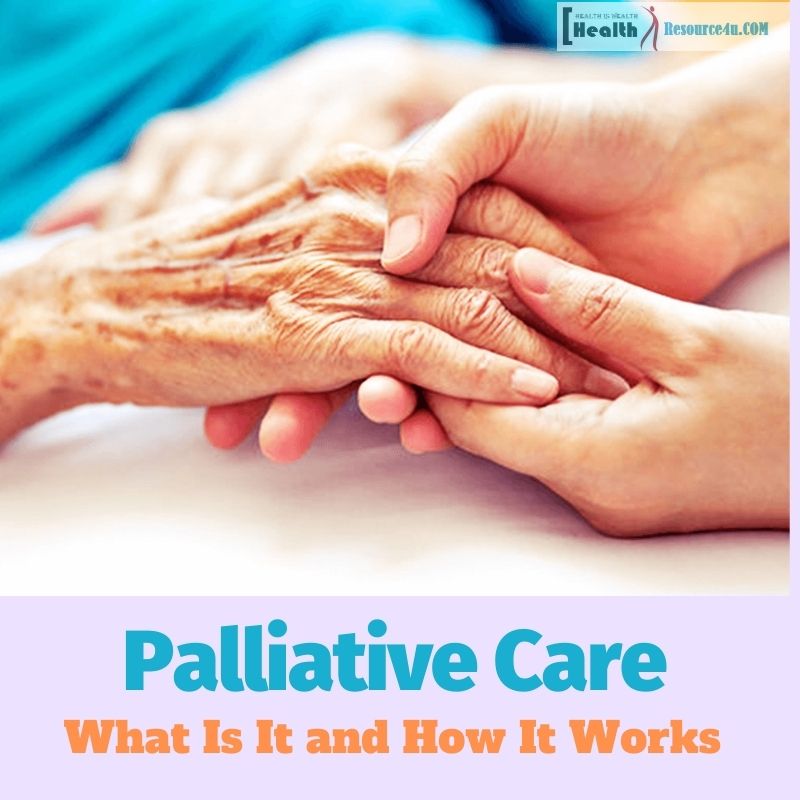What is included in palliative care?
Table of Contents
Palliative care is a type of care that begins at the diagnosis of an illness. It takes the time to treat symptoms, give people the chance to work through the disease, and take the stress off patients’ families. If you, or a loved one, need palliative care and aren’t entirely sure what it means, here are the main parts of this care.
Patient Care, Quality of Life
Palliative care is essential to patients who may live longer lives, but the current symptoms are overwhelming. This care takes over medications, general living, and ensuring that the patients get the help they need to thrive. This option means that patients can live their lives without much of a burden of pain or fear of relapse. Instead, it pushes patients ahead into being able to heal and work past their worst symptoms.
Works With Family on Treatment
Many families are quick to take over care for their sick or ill loved ones. This step doesn’t mean that it’s easy for any family, or that the patient will get everything they need. Palliative care can range from a live-in caregiver to someone who comes in during the days to help the patient with their day to day lives. This option means that they can help the patient’s family while also letting the patient stay home.
More Than Just Easing Symptoms
Palliative care is more than just helping patient’s aches and pains. It offers the patients a chance at not feeling like a burden. Providing help through physical and mental therapy, allowing patients to stay at home while getting cared for, while also having the option as palliative hospice care should they need it, is why it’s a popular style of care.
Works With Medical Professionals
Although family members want the best for their loved ones, they can’t always be the best caregivers. This work means that patients are left in situations where their family members get caregiver burnout or don’t get the full care that they need. We all want to be able to support and care for our loved ones, but that may not always be the case for every patient. Palliative care works with doctors, nurses, therapists, and any medical professionals necessary for the patients. They work to ensure every medication dosage is perfect and that every part of the patient’s care is well thought out and planned.
Difference between Palliative Care and Hospice Care
Although hospice care and palliative care can be combined, they aren’t the same. Hospice care is more towards patients facing a shorter lifespan, usually between six to seven months. Palliative care can take care of these patients, while not necessarily making them the only patients. Instead, patients who are expected to heal and get better can have palliative care.
Palliative care isn’t the cure to any illness, but it’s the answer to any symptoms. This care helps patients work through their illness or injury and helps them come out on the other side as healthy as possible and ready to work through anything.

